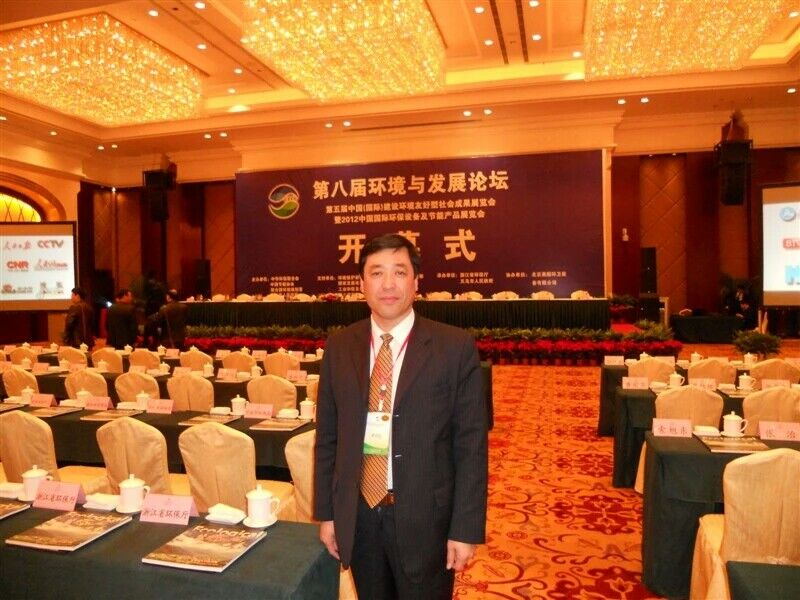Office Memorandum Format and Explanation
This handout sets out a short description of one way to put together an office memorandum. The format and structure may differ somewhat from law office to law office (and, here in law school, from professor to professor). Once you are in practice, you can adjust the format to your office's requirements.
You are writing this for the benefit of another lawyer who has asked you to address a specific question, and expects an answer to that question. Your reader may have a general familiarity with the law you are discussing but may not be familiar with specific cases (or, if applicable, statutory provisions) that you have found to be relevant to the analysis. Therefore, as you write, keep asking yourself: will the reader be able to follow my analysis? Have I organized my analysis to track all the steps in the "CRRACC" paradigm (conclusion-rule statement-rule explanation-application-counterargument-conclusion)? If your organization plan skips any steps of your thought process (for example, if you move directly from a bare statement of the rule to an application to your facts, without first discussing in greater depth the cases from which the rule is derived), your reader will not be able to follow your analysis and ultimately will not find your work to be useful. Remember to keep the needs and expectations of your audience (here, a legally-trained reader) in mind.
One final but important reminder: an office memorandum is a predictive statement of the law. You are not writing to persuade a court but to predict how a court would apply the law to the facts of your situation. Therefore, you need to maintain an objective tone, and remember to address any counterarguments.
The standard office memorandum usually contains the following sections:
1. HEADING or CAPTION
2. QUESTION PRESENTED
3. BRIEF ANSWER
4. FACTS
5. DISCUSSION
6. CONCLUSION
HEADING OR CAPTION
Begin the first page as follows:
MEMORANDUM
TO: Name of person who assigned the research project
FROM: Your name
DATE: Date memo is turned in
RE: Name of client, and a short description of the subject matter of the memorandum
Put the title of each subsequent section of your memo at the beginning of that section, in all caps, and centered.
QUESTION PRESENTED
The subject of the memo is a question: How does the relevant law apply to the key facts of the research problem? Thus, the question presented is analogous to the issue or question presented in a case brief. The question presented should be sufficiently narrow and should be objective. It is usually one sentence, and often begins: "Whether...." or "Does...." The question incorporates legally relevant facts as well as the rule involved. Although questions are usually framed so that they can be answered yes or no (or probably yes or probably no), sometimes they cannot (such as "Under New York law, has a retailer made a binding offer when...?"). Always include the name of the jurisdiction involved, e.g., New York, the Second Circuit.
BRIEF ANSWER
The brief answer should clearly and fully respond to the question presented. Begin with your conclusion: yes, no, probably yes, etc., if the question can be answered that way. Then give a brief (usually no more than four or five sentences long) self-contained explanation of the reasons for your conclusion. Summarize for your reader how the relevant law applies to your significant facts. As a general rule, include no citations.
FACTS
Provide a formal and objective description of the legally significant facts in your research problem. The legally significant facts are the facts that are relevant to answering the legal question presented. For example, in an issue involving whether a minor can disaffirm a contract, a legally significant fact would include the nature of the item or service contracted for (was it clothing, food, shelter, related to health care, etc.) and whether the minor had access to the item in any case, without having to become contractually obligated to pay for it. The description should be accurate and complete. Present the facts in a logically coherent fashion, which may entail a chronological order. Include legally significant facts - facts upon which the resolution of the legal question presented will turn, whether they are favorable or unfavorable to the client for whom you are writing - and include background facts that will make the context of the problem clear. In this section, do not comment upon the facts or discuss how the law will apply to the facts. All factual information that later appears in the discussion section of the memorandum should be described in the facts section.
DISCUSSION
This is the heart of the memo. Here, you need to educate the reader about the applicable legal principles, illustrate how those principles apply to the relevant facts, and explore any likely counterarguments to the primary line of analysis you present.
Many law offices will expect you to begin with a short thesis paragraph that briefly identifies the issue and the applicable rule (without elaboration), and restates the short answer. Follow with an introductory section, which provides a map or framework for the discussion as a whole. The introductory section should summarize and synthesize the rule, setting out all subparts of the rule and clarifying how they relate to one another. When the synthesized rule is derived from case law, the discussion of the cases should focus on general principles, on the criteria that courts use to describe the rule, rather than on the specific facts and reasoning of the cases. The introductory section is also where you would mention, if applicable, information about the procedural posture of a case, about burdens and standards of proof, and about rules of interpretation pertinent to the law you are applying. You should identify any undisputed issues, and explain why they are not in dispute. Then state the order in which the remaining issues or subparts of an issue will be discussed. For a useful discussion of an introductory section, please see pp. 111-114 in Linda H. Edwards, Legal Writing and Analysis (Aspen 2003).
You should use "CRRACC" as a guide to constructing the discussion section. Use a separate "CRRACC" for each issue or sub-issue.
After setting forth the conclusion and the rule, you should explain the rule by providing an in-depth discussion of the cases from which the rule is derived. Your discussion of the cases should be specific as to their facts and reasoning.
In your application section, you should compare the facts and the reasoning of the cases to the facts of your client's situation. You need to analogize and distinguish the cases - show why they are similar to or different from your client's circumstances. Be sure to address any counterarguments that could be raised, but show why you believe they would not prevail.
Ultimately for each issue or sub-issue you should conclude as to how you think a court would likely rule on your facts.
The basic structure of the discussion section might look like this:
Short thesis paragraph: = C
Briefly restate the question and your answer
Introductory paragraph: = R
Provide a map or framework for the discussion as a whole, including statement of the synthesized rule
Provide background regarding the general rule
Explain policy reasons underlying the rule
Explain any exceptions to the rule
Explain policy reasons underlying the exception(s)
In-depth explanation of the rule = R
Illustrate how rule has been applied in other cases
Application of law to facts = A
Analogize and distinguish other cases to your case
Counterargument = C
Discuss and resolve any counterarguments in favor of your principal line of analysis
Conclusion = C
Answer the question presented
CONCLUSION
Summarize your analysis and conclusion to the question presented. Identify the level of certainty with which you render a conclusion for each issue or sub-issue, but be sure to draw a conclusion even for closer questions. Do not provide citations. The conclusion should be limited to one paragraph, and in some cases involving just one short issue, the conclusion might not be necessary at all.
(������վ��ʹ�ÈDƬ��������oע����վԭ��(chu��ng)����W(w��ng)���D(zhu��n)�d����������վ���d��(n��i)���Թ������о���Ŀ���������猦(du��)���d��(n��i)���Ю��h��Ո(li��n)ϵ��վվ�L�����վ����(bi��o)��ԭ��(chu��ng)�����֘ӻ���������վ�Ɏ������ߣ��D(zhu��n)�d�r(sh��)Ո��(w��)��ע����̎��������������t�����䷨��؟(z��)�Ρ�) |










